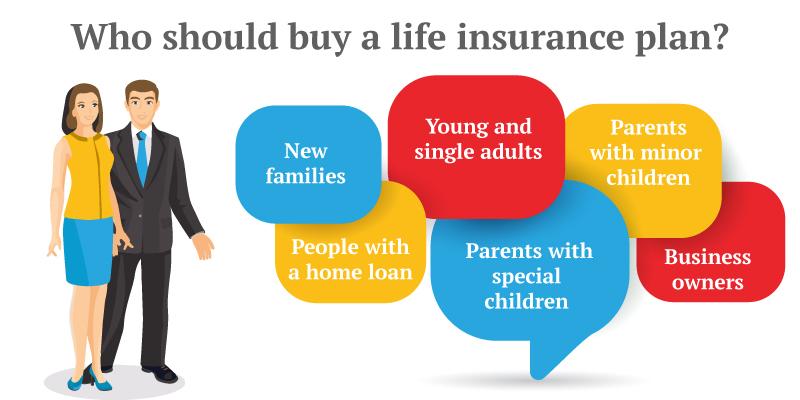The larger an event becomes, the more likely it is that not everyone who attends will be completely happy with their experience there.
Don’t take it personally!
The important thing is to find out why someone might not be satisfied with their experience.
All events will receive negative feedback once in awhile, but the best events are the ones that welcome and value that criticism as a way to grow and get better.
For fast-growing events, knowing how to find, listen to, and incorporate that negative – or let’s think of it as ‘constructive’ – feedback is a crucial part of the growing process. That feedback is a step toward becoming a better event. Here’s how.
How to get feedback
One easy way to hear from your attendees is to just ask them. A post-event survey should be sent out within 24 hours of the event, and it should be short. It should also include multiple choice replies and some way for the respondent to categorise themselves into a “type” of attendee.
And it should include the million-dollar question: How likely would they be to recommend your event? Attendees who give you a 6 or below on a 1-to-10 scale are your detractors. Their surveys are the ones you need to care about most. Those are where your negative feedback is — the building blocks of your event’s growth and future success.
(If you use Eventbrite, you can take advantage of a free integration with SurveyMonkey that makes the survey process even easier. You can choose a template with pre-set questions if you’re in a hurry, but a custom survey will get you deeper insights.)
You also want to compare attendees’ satisfaction levels year to year so you can determine what changes work and which have fallen flat.
And you want to monitor social media closely throughout the event, looking for trends, both positive and negative. See a number of complaints about bathroom lines or sound quality or access to the venue? Jot it down for next year — or start working on fixing it right away.
But you don’t only want to hear from attendees. Sponsors may have a gripe, too. Or they may have heard gripes via their own surveys or outreach during or after the event. Make sure you’re checking in with everyone involved — and everyone you hope will still be excited about being involved the next time.
How to respond
The first thing is to determine whether the feedback needs to acted upon. One complaint that there wasn’t enough vegan food options might not warrant action, but several complaints about vegan food and you clearly don’t know your audience well enough.
There will also likely be complaints about things that are outside your control — the weather, an accident backing up traffic on the road to the venue. You’ll have to determine whether it’s worth trying to address these unforeseen events — more shade structures, different venue — or hoping that circumstances won’t repeat themselves two years in a row.
If there is a critical consensus of what went wrong, detail how it will be different next time around when you announce next year’s event. Think: Same as last year but now with more bathrooms! More vegan food options! More public transit!
If the feedback was especially harsh, address it even more directly by explicitly noting the complaints and that you’ve heard them. This longer explanation could be included on your event webpage.
It might even be framed as a personal message from yourself as the event’s leader, showing that there is someone there who is personally taking responsibility for what went wrong and will be held accountable for making sure it doesn’t happen again.
In conclusion
Selling out of tickets is only one sign of success — sending attendees home happy is what makes your event a true success. For more tips on keeping people happy, check out our free guide on How to Create a Smooth Event Experience for Everyone.





